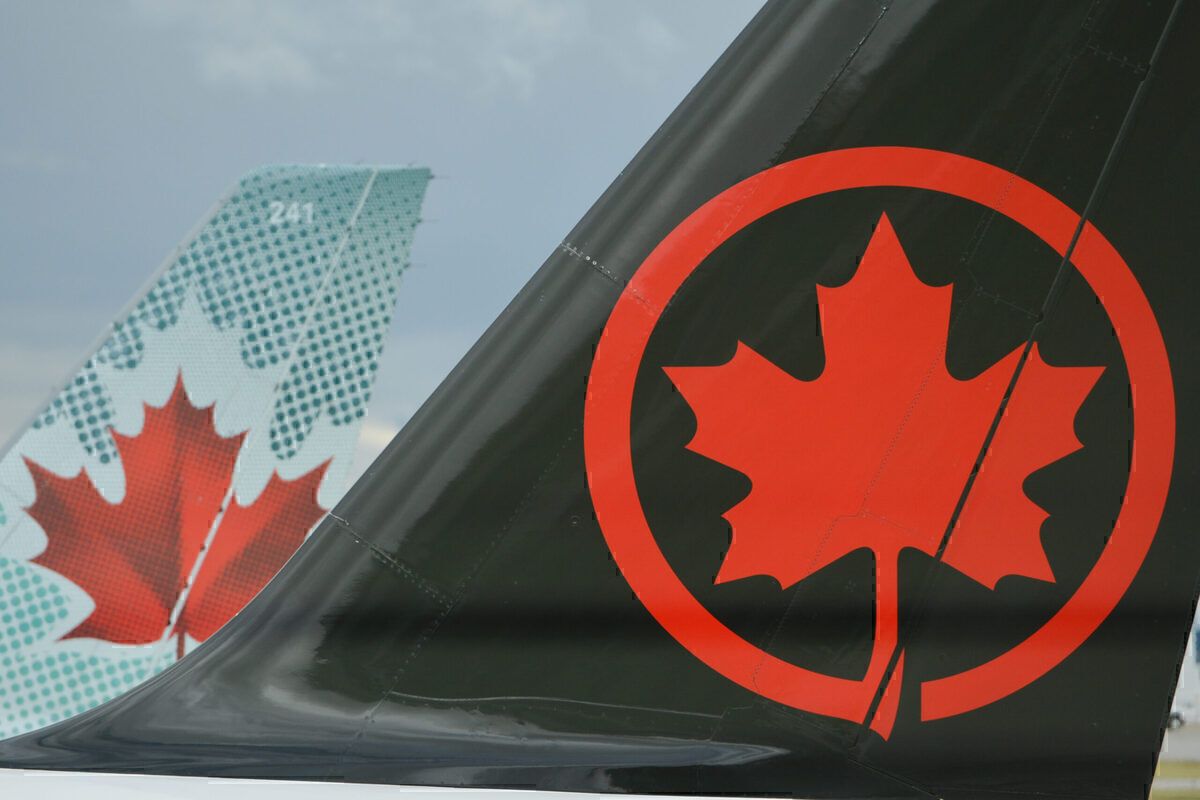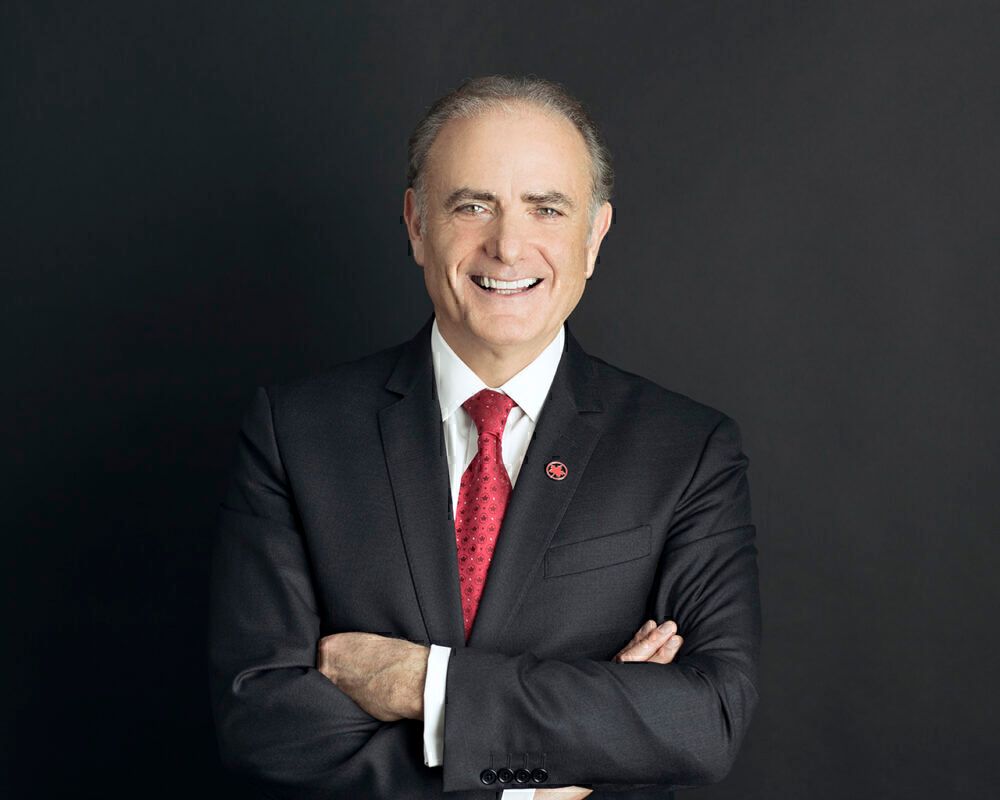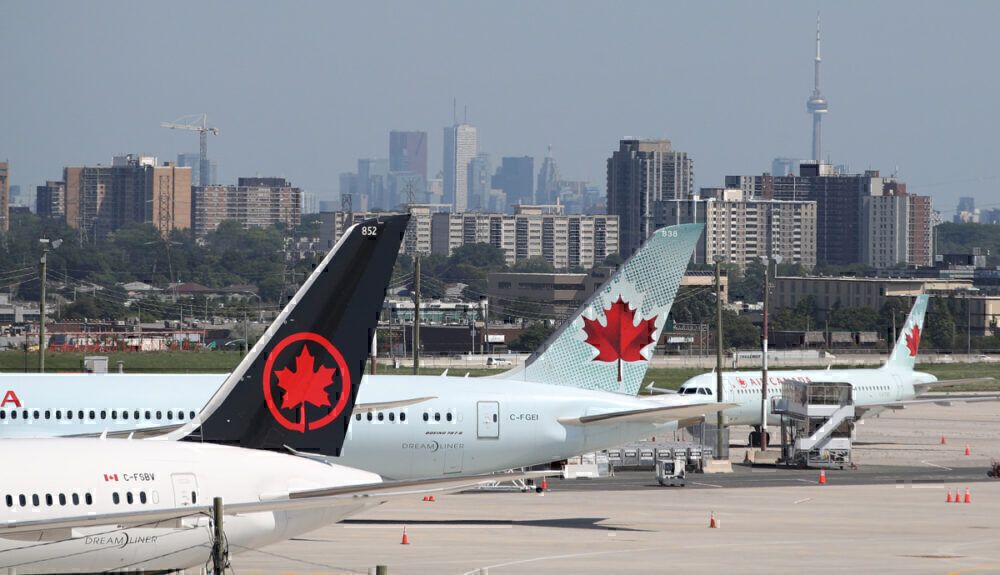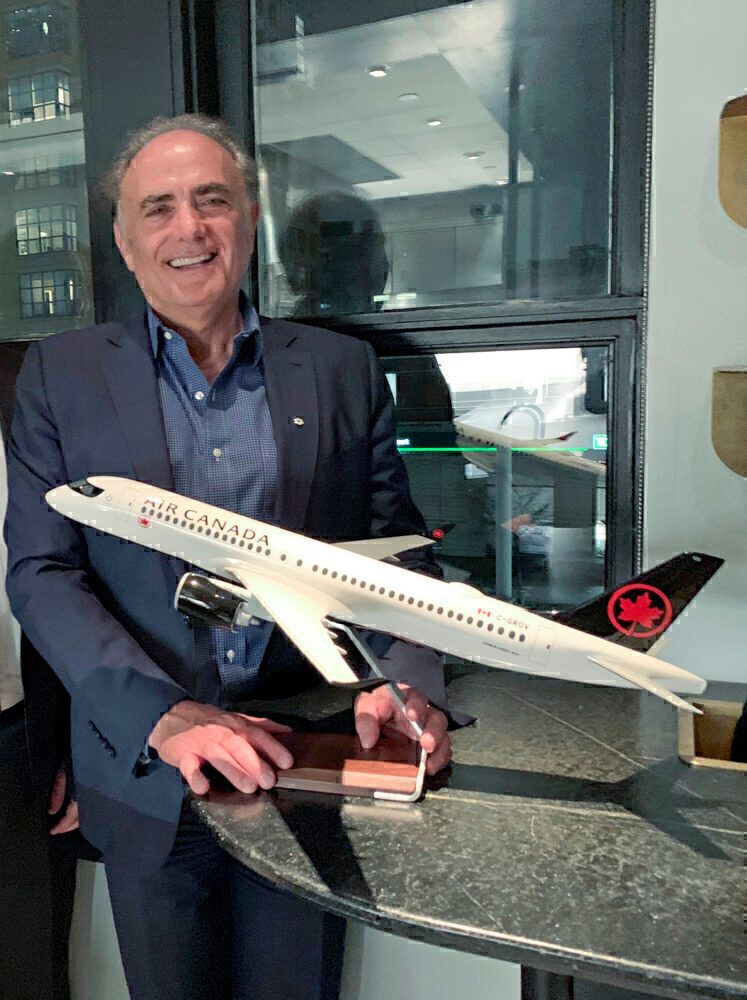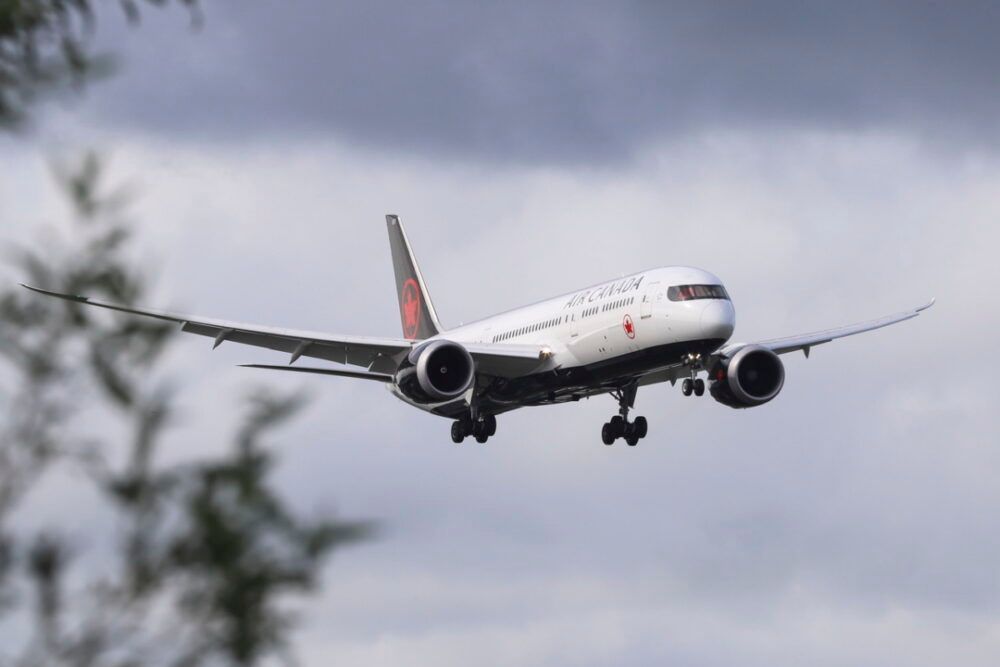After leading Air Canada for just under 12 years, Calin Rovinescu will step down as president and chief executive officer of the airline next month. He helped the flag carrier of Canada through significant challenges before taking it to new levels. Let's take a look at his journey with the company.
A strong start
The University of Ottawa, which Rovinescu was appointed chancellor of in November 2015, shares that after gaining his qualifications, he embarked on a 20-year career in corporate law. He ascended to become the managing partner Stikeman Elliott, one of Canada’s leading business law firms. Here, he advised major companies across North America and Europe on aspects such as merger and acquisition transactions, corporate finance, privatizations, and restructurings. He had already become well acquainted with Air Canada while in this position, working with the airline on key cases.
Rovinescu first joined Air Canada in April 2000. He soon took on several senior management roles, such as executive vice president of corporate development and strategy, chairman of the carrier’s different subsidiaries, and as chief restructuring officer through April 2004. That year, he took a break from the business. He would soon become co-founder and principal of Genuity Capital Markets, an investment bank.
The businessman wouldn’t be gone from the airline for too long. He returned to Air Canada at the beginning of April 2009, just five years after he left. However, this time, he had new responsibilities as the president and CEO of the carrier. Notably, he took on the positions the year after the start of the global economic crisis. So, he definitely had a lot on his plate to get through.
Overcoming the hurdles
Nonetheless, the businessman was up to the task as he led the carrier through transformation and even expanded globally. With Rovinescu at the helm, the company was able to return to a surplus position of its $15 billion pension plan. Subsequently, the industry soon recognized Rovinescu as a force to be reckoned with.
In 2012, he was elected chair of the Star Alliance chief executive board. Then, in 2013, he was named Canada’s best CEO in Report on Business magazine. Moreover, the following year, Rovinescu was elected to chair the International Air Transport Association’s (IATA) board of governors.Throughout his tenure, he oversaw the growth of several departments, including Air Canada Rouge, fleet planning, treasury, corporate real estate, procurement, and cost transformation.
Company appreciation
Altogether, Air Canada recognizes how Rovinescu took charge to strengthen the balance sheet and build considerable shareholder value.Vagn Sørensen, chair of the board of directors of Air Canada, highlightedRovinescu's wider work, including his efforts with theAir Canada Foundation, which has a focus on supporting the youth in Canada and abroad.
"Calin's record in successfully transforming Air Canada into a sustainable, global aviation industry leader is directly attributable to his strategic leadership and unflappable courage to make difficult and innovative decisions, always keeping the best interest of all stakeholders, including shareholders, employees, customers and partners, at the forefront," Sørensen shared in a press release seen by Simple Flying.
"Under his leadership, Skytrax has named Air Canada The Best Airline in North America eight times in the last 10 years while The Globe and Mail reported that Air Canada was the best performing stock on the TSX, in all industrial categories, over the decade ending December 31, 2019, with a total shareholder return exceeding 3600%."
End of an era
On October 16th, it was announced that Rovinescu would retire on February 15th. Deputy CEO and CFO, Michael Rousseau will succeed the executive.
Rovinescu took the opportunity to speak about his long-term relationship with the airline. Even before taking on senior roles with the company, he was part of some significant moments in previous decades.
"I have enjoyed a unique and very special relationship with Air Canada and our outstanding people for over three decades, on the front lines of many of the company's defining moments - the 1988-1989 privatization, the defence against a hostile bid for Air Canada in 1999, our merger with Canadian Airlines in 2000, the aftermath of 9-11, leading the 2003-2004 restructuring and many others," Rovinescu said in a press release seen by Simple Flying
"But, more than anything else in my career, I am especially proud of the company's transformation over the last dozen years during which we built Air Canada into one of the world's leading carriers and a global champion for Canada, winning international customer and employee awards, growing our global network to serve all six inhabited continents, creating thousands of jobs and protecting pensions, producing record financial results, strengthening our balance sheet dramatically, delivering significant shareholder value, and above all, developing a lasting, empowered and entrepreneurial culture for our airline."
The veteran in the industry added that the work achieved wouldn't have been possible without the significant efforts of the staff of the company. After all, it was the employees' support of the multi-year transformation and their hard work that helped the business overcome its challenges.
Well prepared
Rovinescu leaves the company in the middle of a crucial period amid the pandemic. He recognizes the difficult time, but shares thatthe airline entered the pandemic much healthier than almost any other operator in the world due to its strong balance sheet, track record, and hard-working staff.
The firm has raised approximately $6 billion of incremental liquidity. Moreover, it continues to implement a series of significant fleet, capacity, network, and workforce reductions. This has helped the firm mitigate the impact of the global health crisis.
Along with this, the airline reduced its cost structure, capital spending, and supplier arrangements for the years ahead. There have also been overhauls when it comes to company processes. The implementation of a new reservation system and the launch of an industry-leading loyalty program are two systems in place. Notably, the firm is about to acquire Canadian counterpart Air Transat, which will help its positioning as the market recovers.
Rovinescu concludes thatAir Canada will be ready for recovery when travel restrictions begin to relax. He looks forward to seeing the company function alongside the wider economy following this period of downturn.
What are your thoughts about Calin Rovinescu’s legacy at Air Canada? What do you make of the executive’s career over the years? Let us know what you think of his journey in the comment section.

